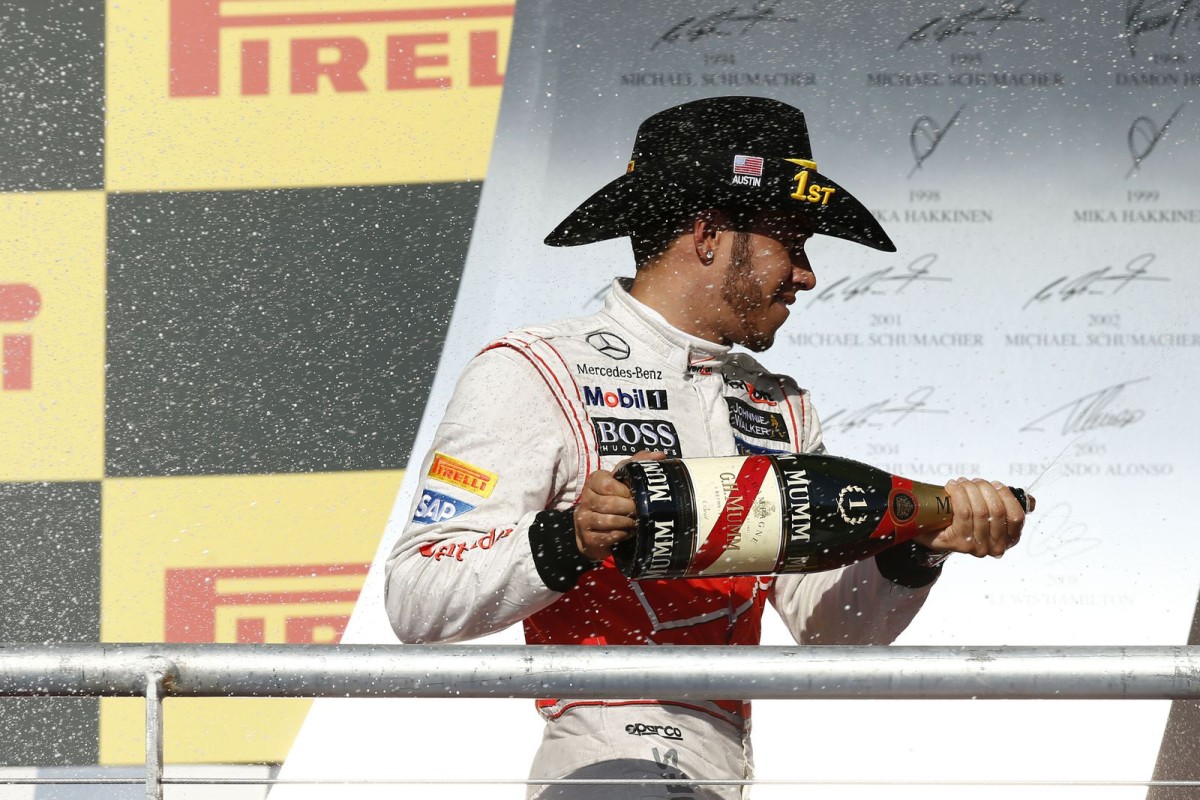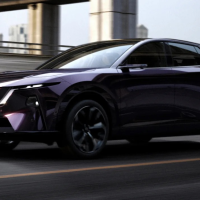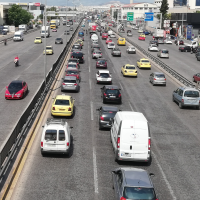My observation on USGP
- -
- -

On Sunday I did something I have never done before. I watched the entire US Grand Prix from the cockpit of the winning car, Lewis Hamilton’s McLaren. This was achieved by watching the UK’s Sky Sports F1 channel and using the multi-screen menu to select the on-board camera on Hamilton’s car and turning the commentary ‘off’. From then on I only had Hamilton’s view of the race, the noise of his Mercedes engine and the timing screen provided by my F1 App on iPad.
My impression of the race was that Lewis Hamilton drove absolutely on the limit of the McLaren MP4-27 from beginning to end, a performance that ranked among the very best we have seen. He really should not have won the race, but he did thanks to the car’s excellent high speed performance combined with Lewis’s ability to push as hard as possible lap after lap.
Having got past Mark Webber during the first stage of the race, Hamilton closed on Vettel only to find that getting past was going to be very difficult. Over the first sector, Turns 1 & 2 plus the flowing corners from Turns 3-6, the McLaren was typically 0.3-0.4s faster than the Red Bull. In the middle sector they were quite evenly matched, with Vettel’s car perhaps 0.1 quicker because of it’s performance through 7, 8 and 9, while in the final, twisty sector the reigning World Champion was much faster than Hamilton, sometimes up to 0.5s.
As a result it became very clear that the only way Hamilton was going to win this race was to use his advantage over Sector 1 to get very close to Vettel, enough to trigger the DRS at its activation point 150m after Turn 10, and make the pass before Turn 12. It wasn’t going to be easy.
Hamilton’s deficit to Vettel at the start of the pit straight was often 1.5-2s, so he had to push really hard into Turn 1, which often caused problems. This meant he kept having to correct the steering due to sudden understeer or oversteer depending on his entry speed. This lost him valuable tenths and meant he couldn’t get close enough to Vettel by the DRS activation point.
Hamilton’s salvation came in the form of Narain Karthikeyan. The HRT driver’s fastest first sector time all day was 28.452s, with Vettel’s 27.440s. The Red Bull was a full 1 second faster than the Spanish car, and most of this came between turns 3 and 6, the fast, sweeping corners through which Karthikeyan could not carry speed.
When Vettel caught Karthikeyan on lap 42, therefore, Hamilton was able to sit back and watch as the Red Bull lost over second trying to get past the HRT. It meant Hamilton was right behind Vettel and able to execute a perfect DRS pass. Vettel’s lap time on lap 41 was a 1:40.850, but on the lap he was overtaken he lost two seconds, achieving a 1:42.746 while Hamilton managed a clean 1:41.001 because he wasn’t delayed by Karthikeyan.
A number of things came out of this; firstly, the RB8 and the McLaren MP4-27 were very evenly matched around the Circuit of the Americas. Different sectors played to the different strengths of each car. Secondly, Vettel and Hamilton were pushing to the very limit from beginning to end; the McLaren won by 0.675s.
Thirdly is my conclusion that the only way for Lewis Hamilton to have won that Grand Prix and beat Vettel was to be driving a McLaren-Mercedes MP4-27, and equally that the only way McLaren could expect to win the race was with Lewis Hamilton. If the USGP proved anything, therefore, it was that the split between driver and team makes no sense at all. It’s going to be very hard for Button and Perez to achieve the kind of performance Hamilton brings to McLaren, and even more difficult for Mercedes to give Hamilton the speed he is used to. Having watched from the cockpit, it’s a tragedy for both sides that this partnership has only one weekend left. That’s another good reason to watch the Brazilian Grand Prix on Sunday.

















 και στη συνέχεια 'Προσθήκη στην οθόνη αφετηρίας'
και στη συνέχεια 'Προσθήκη στην οθόνη αφετηρίας'